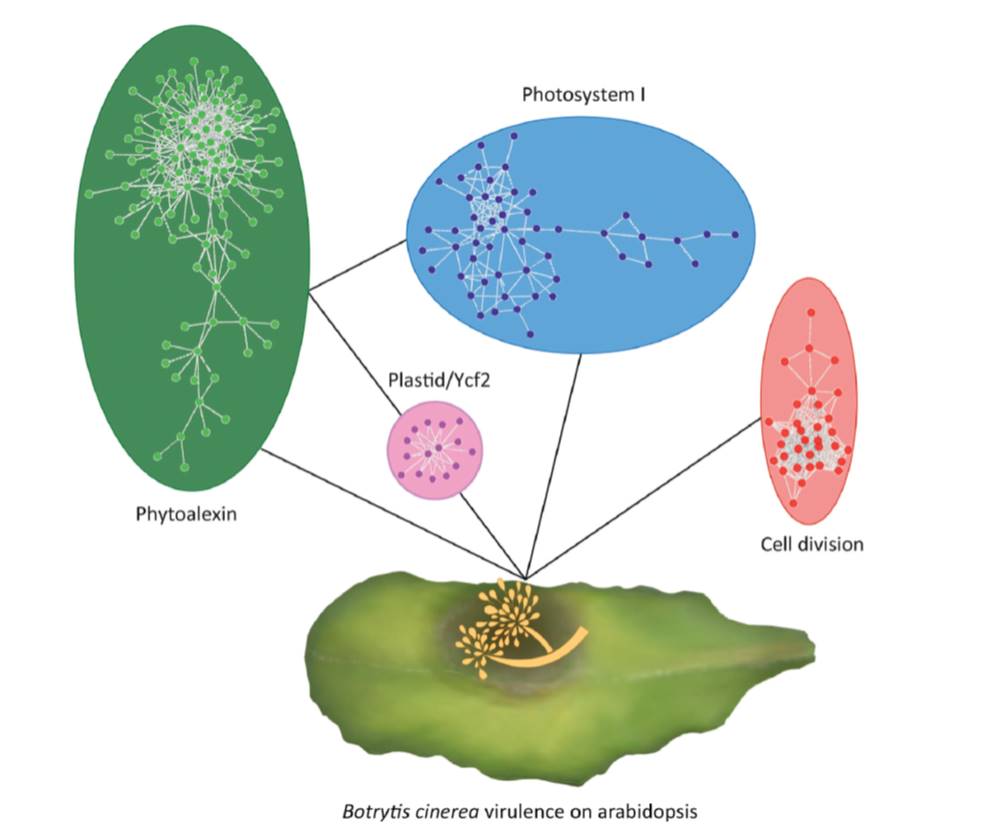
Review: Plant networks as traits and hypotheses: Moving beyond description ($) (TIPS)
Plant Science Research WeeklyIn Star Wars Episode 2, Obi Wan identifies the location of a missing planet by walking through a 3D projection of the galaxy. I’ve always hoped that if we obtain enough data and figure out how to display it properly, we’ll “see” what parts are out of place or missing. But getting from simple…
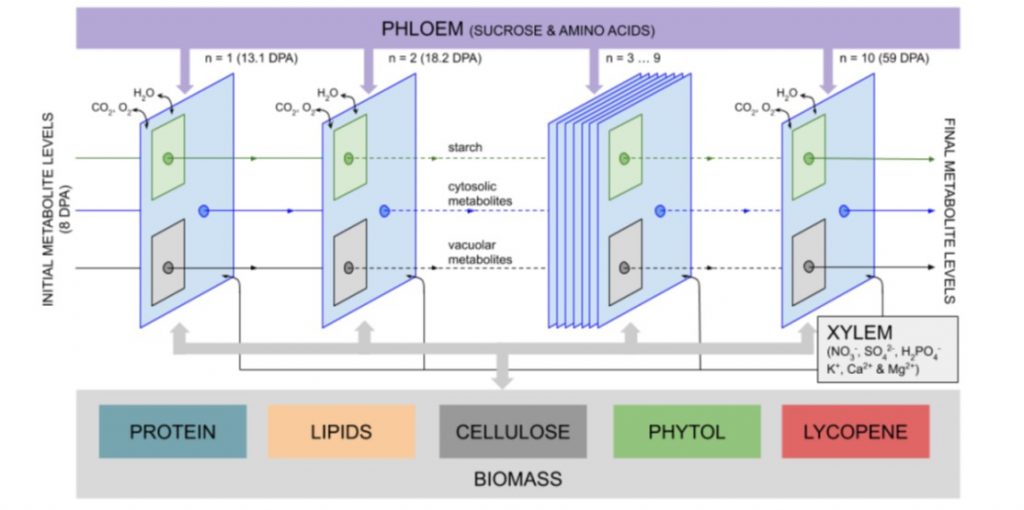
Predicting metabolism during growth by osmotic cell expansion (bioRxiv)
Plant Science Research WeeklyGrowth is driven by cell expansion, which is driven by both synthesis of metabolites and osmotically-driven expansion. This latter contribution is typically overlooked in metabolic flux analysis. To remedy this, Shameer et al. have developed a model, GrOE-FBA (Growth by Osmotic Expansion- Flux Balance…
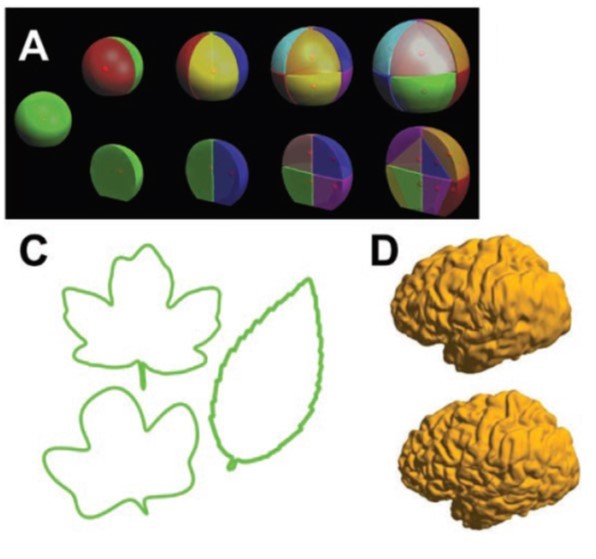
Review: Formal description of plant morphogenesis (J Exp Bot) ($)
Plant Science Research WeeklyIn recent years, a number of tools have been developed to describe and model plant morphogenesis, and these approaches have greatly informed our understanding of the molecular processes that underpin the control of growth. This excellent review by Pałubicki et al. is “an attempt to bring together…
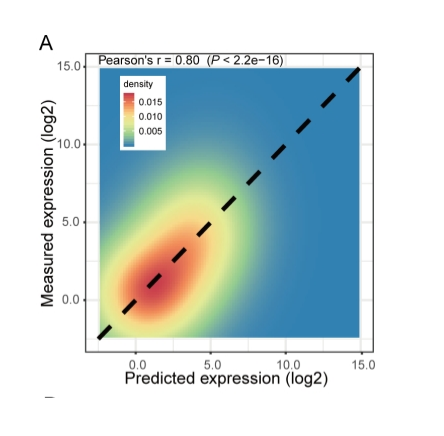
Chromatin signature and transcription factor binding provide a predictive basis for understanding plant gene expression (Plant Cell Physiol)
Plant Science Research WeeklyMachine learning is a booming research field, also in Plant Science. Here, Wu et al. use chromatin modifications and transcription factors to predict transcription levels in Arabidopsis and rice. This is not only important for prediction but also to understand the mechanisms underlying epigenetic regulation.…
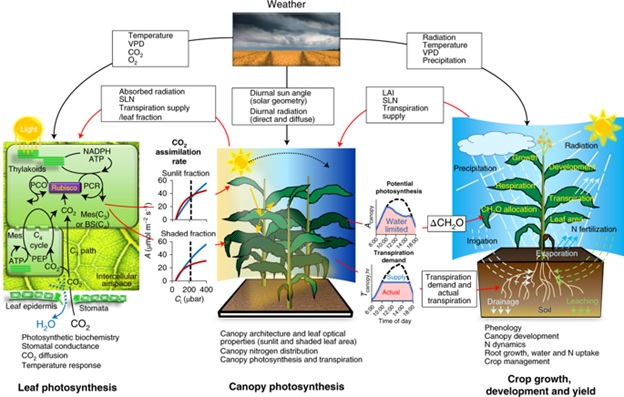
Modeling crop yield changes due to increased photosynthetic capabilities ($) (Nature Plants)
Plant Science Research WeeklyWith the need to feed the growing population and the threat of global climate change, there is an imminent need to increase crop yields. One commonly accepted method of accomplishing this is by enhancing the photosynthetic capability of major crop plants, which may result in an increased yield. A recent…

Review. Multicellular systems biology: Applying network science to plant organ patterning and function (Mol Plant)
Plant Science Research WeeklyI really enjoyed this review article, which very successfully introduces the reader to the why and how of how to apply network science to plant science. Bassel never veers off into abstraction or “math-speak”, but instead roots his explanations in familiar biological or ordinary terms. As an example,…

Flavor-cyber-agriculture: Metabolite optimization through surrogate modeling (PLOS One)
Plant Science Research WeeklyCyber-agriculture is a computer-controlled plant growing environment which regulates climatic conditions through machine learning, finding optimized variables (“recipes”) to maximize a specific plant trait. Here, Johnson et al. applied cyber-agriculture to chemotype optimization for flavor in basil…
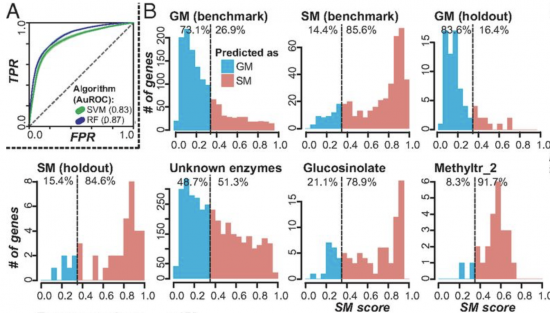
Metabolism gene prediction using diversiform molecular features (PNAS)
Plant Science Research WeeklyAdvances in sequencing technologies enable scientists to obtain molecular features of genes in high-dimensionality. Features of individual gene like expression, methylation, histone modification, evolutionary signals and sequence itself provide high resolution for distinguishing annotated genes. In plant…
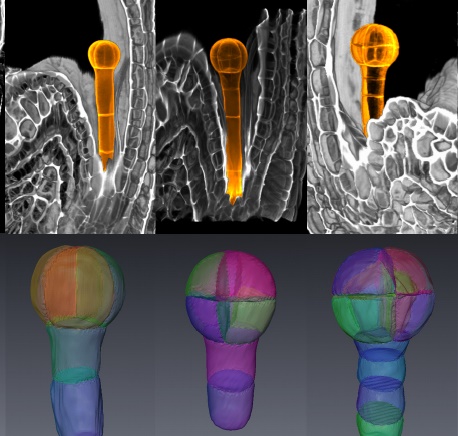
Cell geometry determines symmetric and asymmetric division plane selection in Arabidopsis early embryos (PLOS Comp Biol)
Plant Science Research Weekly
Cells proliferate via symmetric divisions while asymmetric divisions are associated with new cell types, layers and developmental patterns. The correct orientation of cell divisions planes is required for plant tissue architecture and organ morphogenesis. In plants, previous attempts to predict division…

